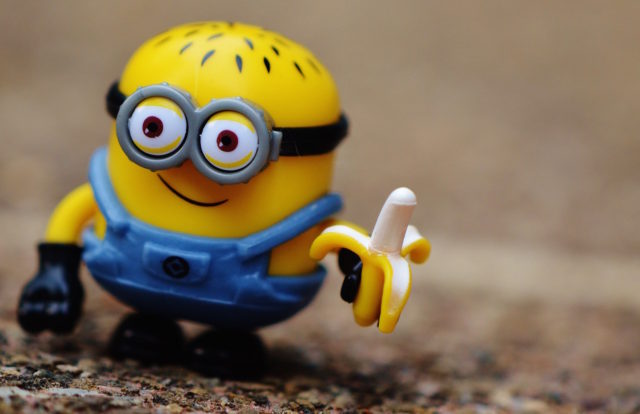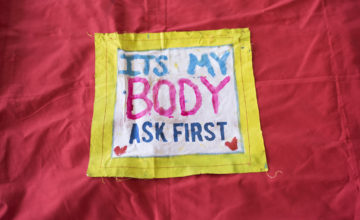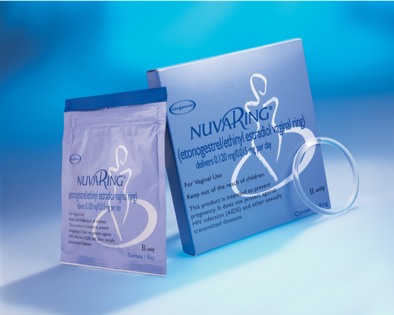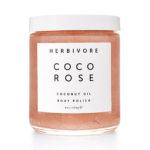
Miranda Levy is a major in Women, Gender & Sexuality Studies at Elon University where she pens a sex column for its student-run lifestyle magazine, The Edge.
“Popping her cherry”
“Swiping my V-card”
“Going all the way”
All of these phrases — and countless more — connote one single, sexual act: intercourse. Given its reproductive implications, our society has framed sexual intercourse over the centuries as the most intimate of all sexual acts, the one that should be “saved” for just the right partner. But contrary to conventional wisdom, I have found that oral sex is a far more intimate experience, one that requires even more trust and passion than intercourse. After all, putting someone else’s genitalia in your mouth is a lot more up-close-and-personal than face-to-face intercourse. But my view is the unpopular one. Why?
It has to do with something I call “The Blowjob Fallacy” (no pun intended). Namely, heterosexual women wait longer to let a guy go down on them than they do to have intercourse, bit offer up a BJ on a first date.
In her 2016 book “Girls & Sex,” Peggy Orenstein writes, “When I would talk to girls, for instance, about oral sex, that was something that they were doing from a pretty young age, and it tended to go one way [and not be reciprocated].” My own experience confirms this.
After I became sexually active at 15, almost every guy I hooked up with immediately asked me to perform oral sex. When I would say no, they would often say something like, “Why not? It’s not like I’m asking you to have sex with me.” As if oral sex weren’t sex. Many of my female friends have had the same experience. Fellatio is expected; cunnilingus is exceptional.
Jessica Wood, a professor at the University of Guelph, sought to quantify the phenomenon in a study published in the Canadian Journal of Human Sexuality in early 2016. She surveyed a sample of 1,500 Canadian undergraduate students between the ages 18 to 24 to discover the gender differences in oral sex practices and pleasure ratings. Of the 900 students who were heterosexual and sexually active, over two-thirds (about 70%) of participants reported that their last sexual encounter included giving and/or receiving oral sex; however, more than twice as many women (26 percent) as men (10 percent) had given but not received oral sex.
The irony here is that while the study also found that more than half of men who had given cunnilingus reported enjoying it a lot, only a mere 28 percent of women who performed fellatio described it as very pleasurable. Yes, women are giving more than receiving, despite the fact that men enjoy giving more than women do!
Add to all this the fact that there is still a major risk of STDs when you give your partner a blowjob, and the fact that there is still intimate contact involved (even if it’s not considered intimate), and the fact that giving is not inherently physically pleasurable. I’m left wondering: why are women expected to casually provide this pleasure early on, but not to receive it? Even more importantly, why are so many of them meeting this expectation?
According to Orenstein, this all has a lot to do with mediocre sex ed. Classes often cover pubic hair, hormones, and periods, but that’s it. She writes: “. . .then it grays out between the legs, so we never talk about the vulva, we never talk about the clitoris. Very few girls explore, there’s no self-knowledge, and then they go into their sexual experiences.” Women go on to discover their sexual desires on their own, but these desires are silenced in society — just as they are during sex ed. The fact that these concepts are not explored during sex ed is one of the earliest ways that women are socialized to put men’s pleasure ahead of their own pleasure.
Beyond sexual education, society’s general acceptance of male sexuality and dismissal of female sexuality plays a large role, too. It’s the tired old cliche that men are sex machines, women are “good girls”; males need sex, females put up with it; masturbation is accepted and discussed among dudes, but shunned among women — unless it’s being done for the pleasure of a man. This imbalance is reflected in orgasms: Edward O. Laumann, the author of The Social Organization of Sexuality, conducted multiple sexuality surveys in 2000 and found that women have one orgasm for every three that a man enjoys — what’s now known as “the orgasm gap.”
So this ignorance many women have about their own bodies and the shame they feel from society’s double standard can make cunnilingus actually (ironically) uncomfortable for many of them. Vaginal discharge, pubic hair, menstruation — these can be sources of embarrassment instead of pride and power. Failing to fit some aesthetic vaginal ideal can lead them to deflect attention away from their own crotches and focus it on their partner’s: “I’m on my period, so I’ll just give you a BJ to make up for that sin.” It all comes down to the female curse of wanting to be liked.
As far as I’m concerned, oral sex is something you do to make a partner you care about feel good. And that’s what makes you feel good! But you can’t achieve that level of caring — and the resulting pleasure — from a one-night stand you just met. Also, the caring should be mutual, meaning he should care about you and your pleasure, too.
Hetero ladies, it’s time to collectively question — and I’d say challenge — the assumption that blowjobs are simply getting-to-know-you foreplay, while “eating out” is the pinnacle of loving intimacy. If you don’t actually like going down on virtual strangers, don’t do it! If you do, then demand that they return the favor. As Peggy Orenstein writes:
“Look, what if every time you were with a guy, he told you to go get him a glass of water from the kitchen and he never offered to get you a glass of water. Or if he did he’d say, ‘Ugh, you want me to get you a glass of water?’ You would never stand for it.”
So don’t.
















